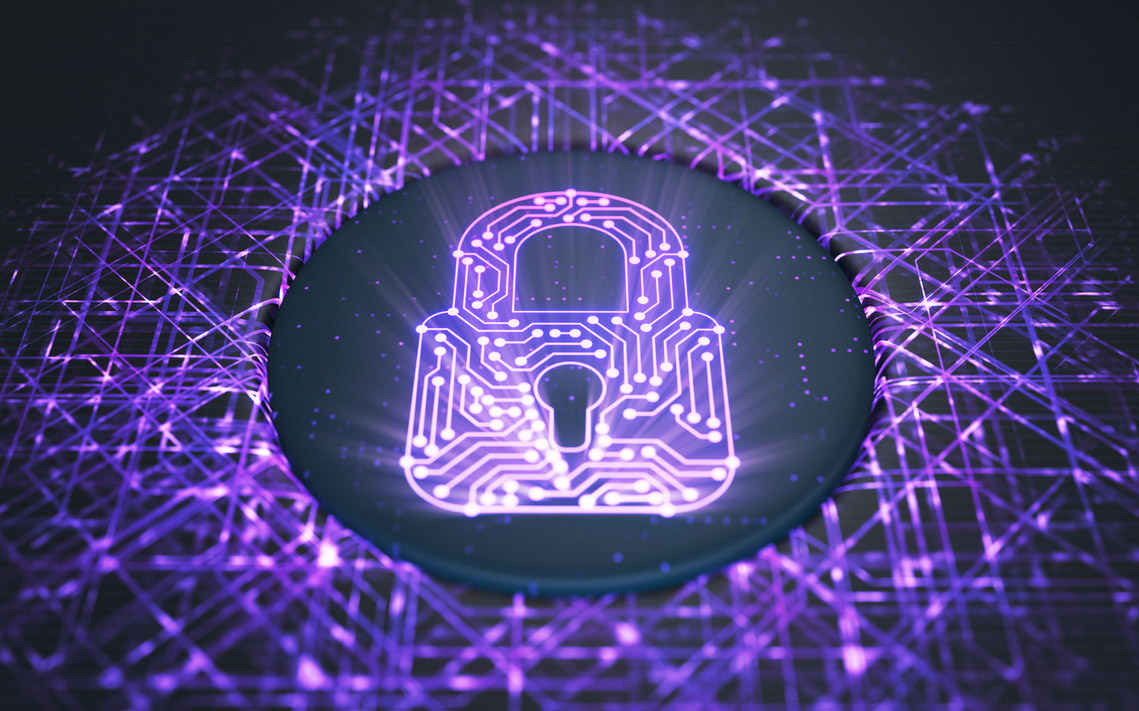In today’s highly connected world, organizations rely heavily on their digital infrastructure to conduct their day-to-day operations. Cyber assets, in particular, play a crucial role in maintaining the functionality and security of an organization’s digital environment.
However, many organizations still need help to fully comprehend the concept of cyber assets, their functions, and the different types that exist.
A clear understanding of these three aspects is essential for organizations to develop effective strategies for managing their cyber assets and protecting themselves from potential cyber threats.
What is a Cyber Asset?
For the uninitiated, cyber assets are components of an organization’s information technology infrastructure that are critical to the organization’s operations.
They include hardware, software, data, personnel, and facilities that enable the organization to achieve its business objectives.
Cyber assets are essential to an organization’s operations and require protection from cyber threats.
According to the National Institute of Standards and Technology (NIST), cyber assets can be classified into the following five categories:
- Hardware
- Software
- Data
- Network
- Personnel
In short, cyber assets are critical to an organization’s success and must be managed and protected appropriately.
Different Types of Cyber Assets
As mentioned earlier, there are five different types of cyber assets.
- Hardware Assets: Hardware assets refer to physical devices essential to function in an organization’s digital infrastructure. Everything from servers, routers, switches, and other network equipment classify as a hardware asset.
- Software Assets: Software assets refer to the applications, operating systems, and other programs that are installed on an organization’s hardware assets. These assets are essential to work efficiently and effectively in an organization’s digital environment.
- Data Assets: Data assets refer to the information an organization generates, collects, and stores in its digital environment. It includes sensitive customer information, financial records, intellectual property, and other data types crucial to an organization’s operations.
- Network Assets: Network assets are the digital pathways connecting an organization’s hardware and software assets. It includes the organization’s local area network (LAN), vast area network (WAN), and other network infrastructure.
- Personnel Assets: Personnel assets refer to the individuals within an organization who have access to its digital environment. These individuals include employees, contractors, vendors, and other third-party service providers.
Functions of Cyber Assets
Cyber assets have become an integral part of today’s organizations.
Almost every industry now relies on cyber assets, from manufacturing to healthcare, to keep their business operations running smoothly.
Here are the main functions of cyber assets through which they make it possible.
1 – Data Storage and Management
One of the primary functions of cyber assets is to store, manage, and process data.
As you may already know, data is a crucial asset for any organization. Cyber assets enable companies to collect, store, and analyze data to make informed business decisions.
In addition, cyber assets also help companies ensure the security and confidentiality of their data by implementing data encryption, access controls, and backup and recovery protocols.
2 – Communication and Collaboration
Cyber assets enable transparent communication and collaboration between customers, employees, and stakeholders.
It is usually done through email, instant messaging, video conferencing, and other digital platforms, which enable people to connect and work together from anywhere in the world.
It, in turn, enhances productivity, enables knowledge sharing, and improves the overall customer service of an organization.
3 – Automation
Cyber assets are also used to automate business processes and tasks. Organizations can save time and resources, reduce errors, and improve efficiency by automating routine tasks such as data entry, invoicing, and inventory management.
Furthermore, automation can also enhance the accuracy and speed of decision-making by providing real-time data and analytics.
4 – Innovation
Cyber assets are critical for driving innovation in organizations. Through research and development, organizations can use cyber assets to develop new products and services, improve existing ones, and enter new markets.
Cyber assets also enable organizations to leverage innovative technologies such as artificial intelligence, machine learning, and the Internet of Things (IoT) to create innovative solutions that meet customer needs.
5 – Cybersecurity
Last but not least, cyber assets play a crucial role in ensuring the security of an organization’s systems and data.
Cyber assets can detect, prevent, and respond to malware, ransomware, and phishing attacks.
They can also implement appropriate security measures such as firewalls, intrusion detection systems, and security patches to safeguard against cyber threats.
Role of Cyber Assets in Cybersecurity
Cyber assets play an instrumental role in cybersecurity by providing the necessary infrastructure and insights to implement adequate cybersecurity measures.
Not only do they help to run business operations smoothly, but they also enable organizations to prevent, detect, respond, and mitigate cybersecurity risks & potential threats effectively.
The good news is that plenty of various tools are available to help with effective cyber asset management. CAASM, for instance, is an emerging solution that has taken the cybersecurity space by storm.
What is CAASM? — For the uninitiated, CAASM is a short form for Cyber Asset Attack Surface Management. It’s an all-in-one cybersecurity solution that helps to manage cyber asset inventory, reduce the attack surface, and identify & mitigate potential risks.
In fact, CAASM has become an essential part of a cybersecurity program in many organizations.
It can help organizations identify and manage the potential attack surface of their cyber assets, identify vulnerabilities, manage patches and configurations, and stay up to date with the latest cybersecurity threats.
That means by implementing CAASM, organizations can minimize the risk of cyber-attacks and ensure that their systems and data remain secure.
End Note
As you’ve learned, cyber assets are more than just lines of code or digital files. They are the foundation of digital businesses.
In other words, cyber assets play a vital role in the success of any organization, and their importance will only continue to grow in the future.
However, as we continue to rely more and more on technology, we must also be aware of the potential risks and challenges that cyber assets present.
Cyber attacks are becoming increasingly sophisticated, and organizations must remain vigilant to protect their valuable assets.
Therefore, organizations must invest in a robust cyber asset infrastructure and educate their employees on cybersecurity best practices.













